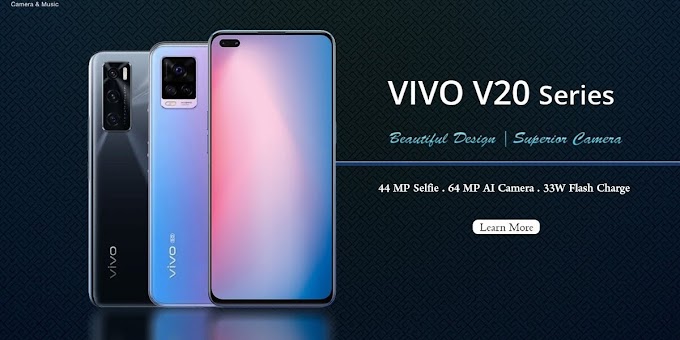HIGHLIGHTS
- The Redmi Note 7 Pro features a 48-megapixel camera
- It is powered by the Qualcomm Snapdragon 675 SoC
- The Redmi Note 7 is powered by the Qualcomm Snapdragon 660
The very foreseen Redmi Note 7 has been at long last been propelled in India, close by the Redmi Note 7 Pro which made its worldwide introduction on Thursday. Both cell phones offer noteworthy equipment, excellent structures, and quick charging at extremely aggressive value focuses. The Redmi Note 7 begins at a cost in India of Rs. 9,999 and will be accessible from March 6 onwards, while the more dominant Redmi Note 7 Pro has a beginning cost of Rs. Rs. 13,999 and will hit store retires on March 13. Both Redmi Note 7 Pro and Redmi Note 7 will be accessible on Flipkart, at Mi Home stores, and on Mi.com. We dealt with a get a concise hands-on involvement and invested some energy with both these new cell phones at the dispatch occasion, and here are our early introductions.
Redmi Note 7 Pro and Redmi Note 7
Xiaomi has gone for proudly garish structures for both these new cell phones, and has at last presented inclination designs, which are as of now en vogue, to the Redmi arrangement. The Redmi Note 7 Pro comes in Space Black, Nebula Red and, Neptune Blue shading alternatives, with the last two displaying an eye-getting inclination complete — something Xiaomi calls Aura Design. Then again, the Redmi Note 7 has an intelligent body and arrives in a downplayed Onyx Black shading alternative just as Ruby Red and Sapphire Blue variations. The last two reflect light off the back boards and look delightful. Xiaomi has positively run with a striking shading palette, and this wager has satisfied liberally.
There is obviously a lot of substance to run with such glimmer. Both Redmi Note 7 Pro and Redmi Note 7 highlight a layer of 2.5D bended edge Corning Gorilla Glass 5 on their front just as back boards, and a P2i hydrophobic nano-covering is professed to ensure the cell phones against incidental fluid spills. Xiaomi claims that the two models have fortified corners and furthermore highlight watertight seals underneath the catch territories and in a couple of different spots. Aside from the hues on their smooth back boards, both Redmi Note 7 Pro and Redmi Note 7 have comparable profiles with the ports and catches in similar spots.
On the directly of the two models are the volume and power catches, which give agreeable material input and don't feel soft. The left sides have each telephone's cross breed double SIM + microSD card opening. Both Redmi Note 7 Pro and Redmi Note 7 have 3.5mm earphone jacks and IR producers to finish everything, and USB Type-C ports on the base flanked on the two sides grilles. Generally speaking, we found the Redmi Note 7 and the Redmi Note 7 Pro to be attractive, strong, and simple to deal with — a blend of qualities that purchasers will unquestionably appreciate.
The front belts of both the Redmi Note 7 and the Redmi Note 7 Pro are commanded by 6-3-inch full-HD+ (1080x2340 pixels) LTPS In-Cell shows with 19.5:9 perspective proportions. The boards are professed to be TUV-confirmed for decreasing blue light introduction. The two telephones have to some degree thick jaws and little indents — "Dab Notches", in Xiaomi's words — sits at the best. The presentations' shading generation and splendor seemed fine in our brief span went through with these two telephones, however we discovered them a smidgen excessively intelligent, particularly under brilliant indoor lighting.
Redmi Note 7 Pro and Redmi Note 7 details
The Redmi Note 7 Pro is fueled by the octa-center Qualcomm Snapdragon 675 SoC, and has up to 6GB of RAM and 128GB of inward stockpiling which can be extended by up to 256GB with a microSD card. In the imaging office, the Redmi Note 7 Pro packs a 48-megapixel essential sensor (Sony IMX586) matched with a 5-megapixel profundity sensor, while selfies are dealt with by a 13-megapixel front camera.
The Redmi Note 7 has the octa-center Qualcomm Snapdragon 660 processor at its heart, with up to 4GB of RAM and 64GB of interior stockpiling which can likewise be extended by up to 256GB. The imaging equipment on this model includes a 12-megapixel essential camera and a 2-megapixel profundity sensor, in addition to a 13-megapixel front camera for selfies.
Both these cell phones pack 4,000mAh batteries and bolster the Qualcomm Quick Charge 4.0 standard. On the product side, they both run MIUI 10 dependent on Android 9 Pie.
We quickly explored through the UI and found a great deal of preinstalled applications, incorporating both in-house and outsider ones. We observed both cell phones to be zippy, with applications stacking rapidly and activitys seeming smooth, yet we will spare our last conclusions for our inside and out surveys.
For the latest tech news and reviews, follow on Twitter, Facebook, Instagram, Google +





0 Comments